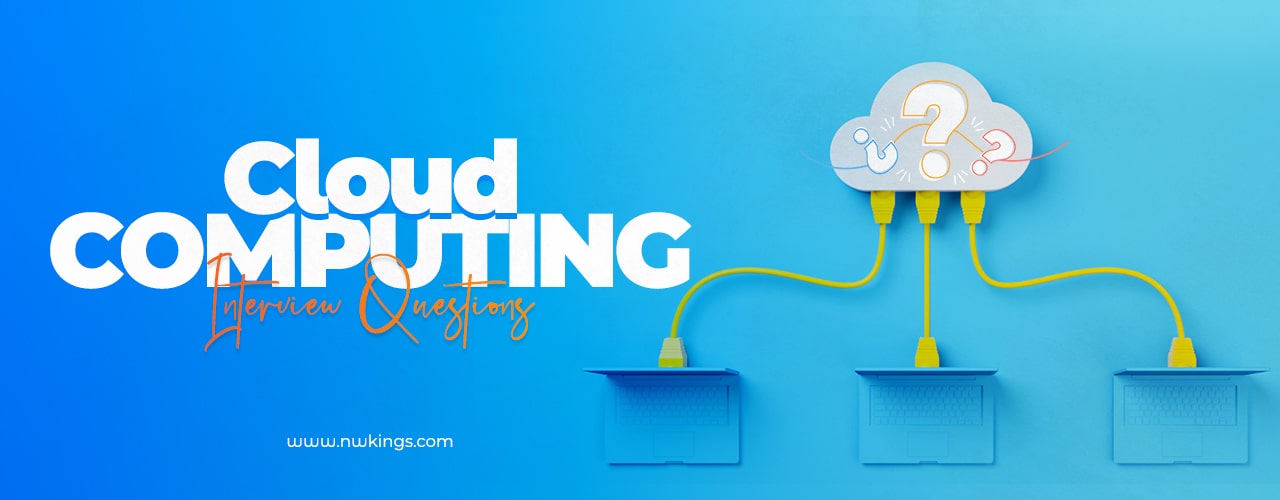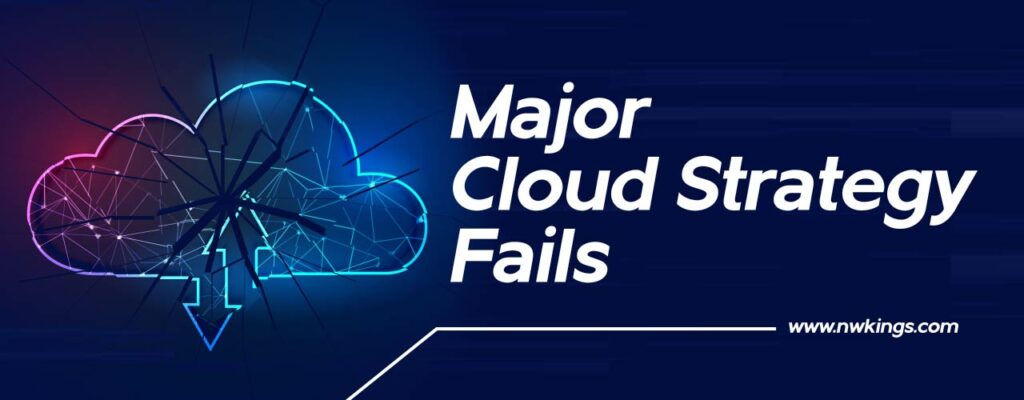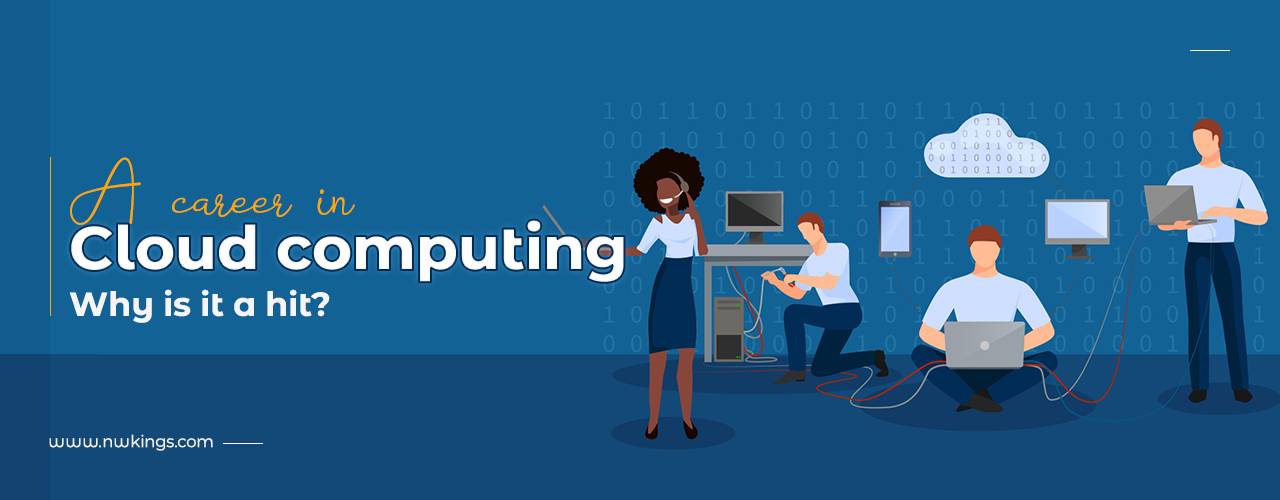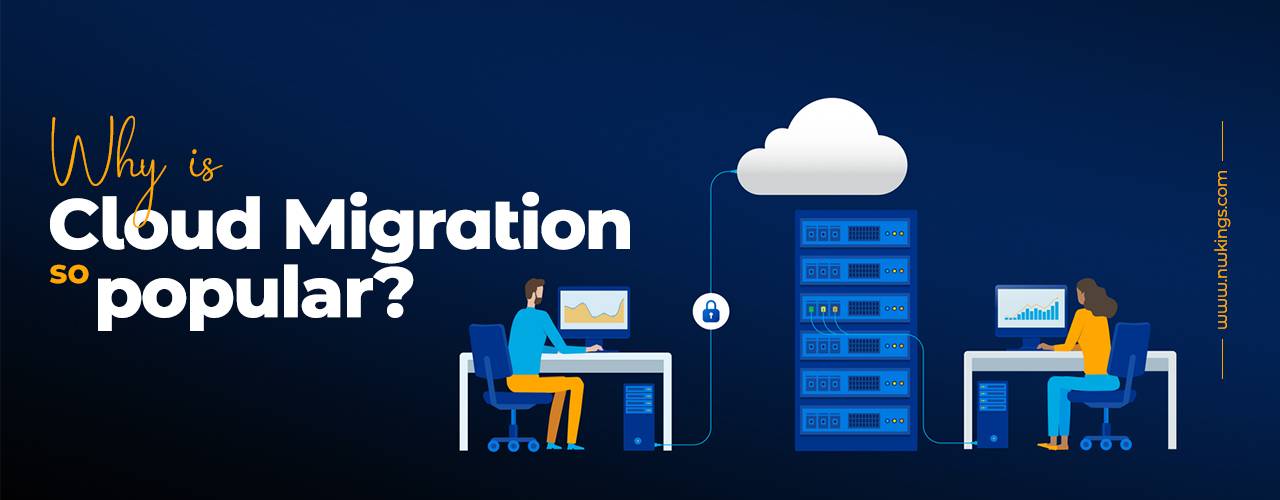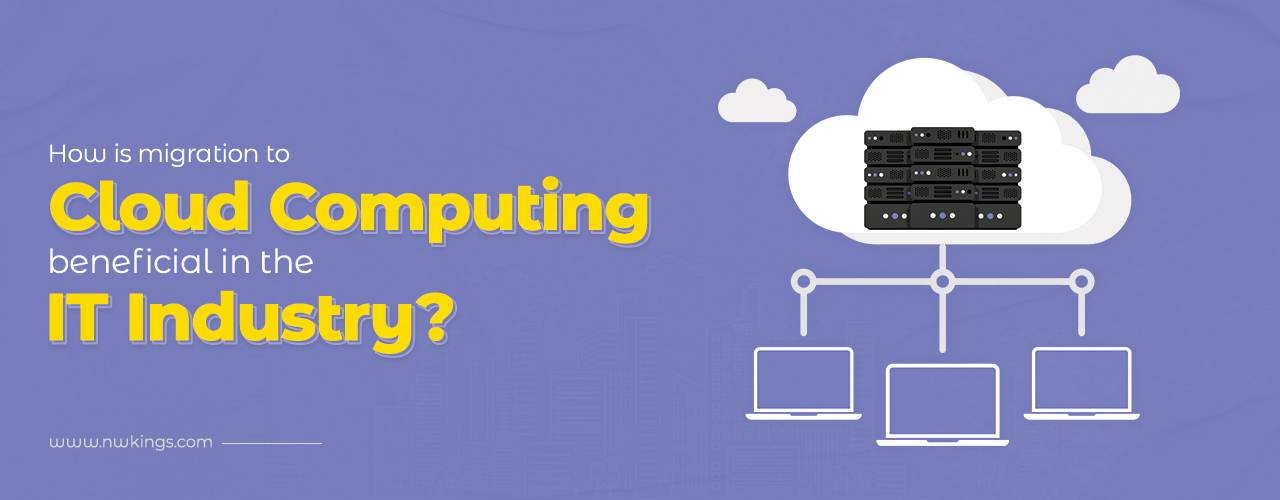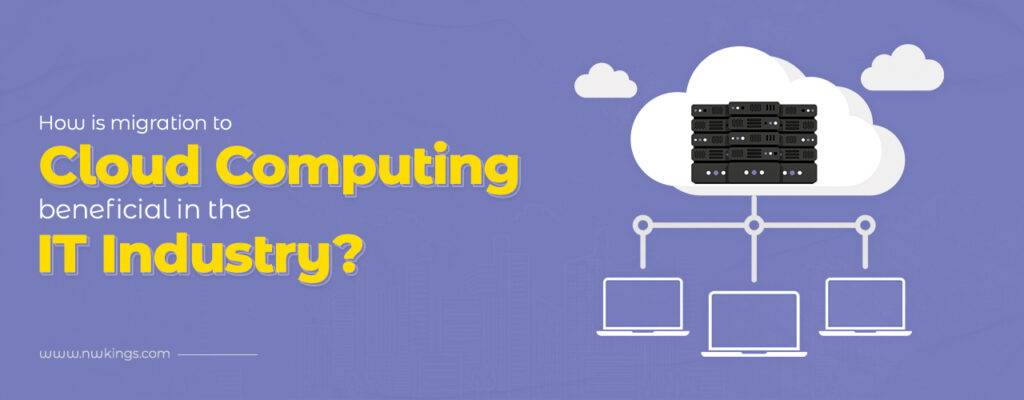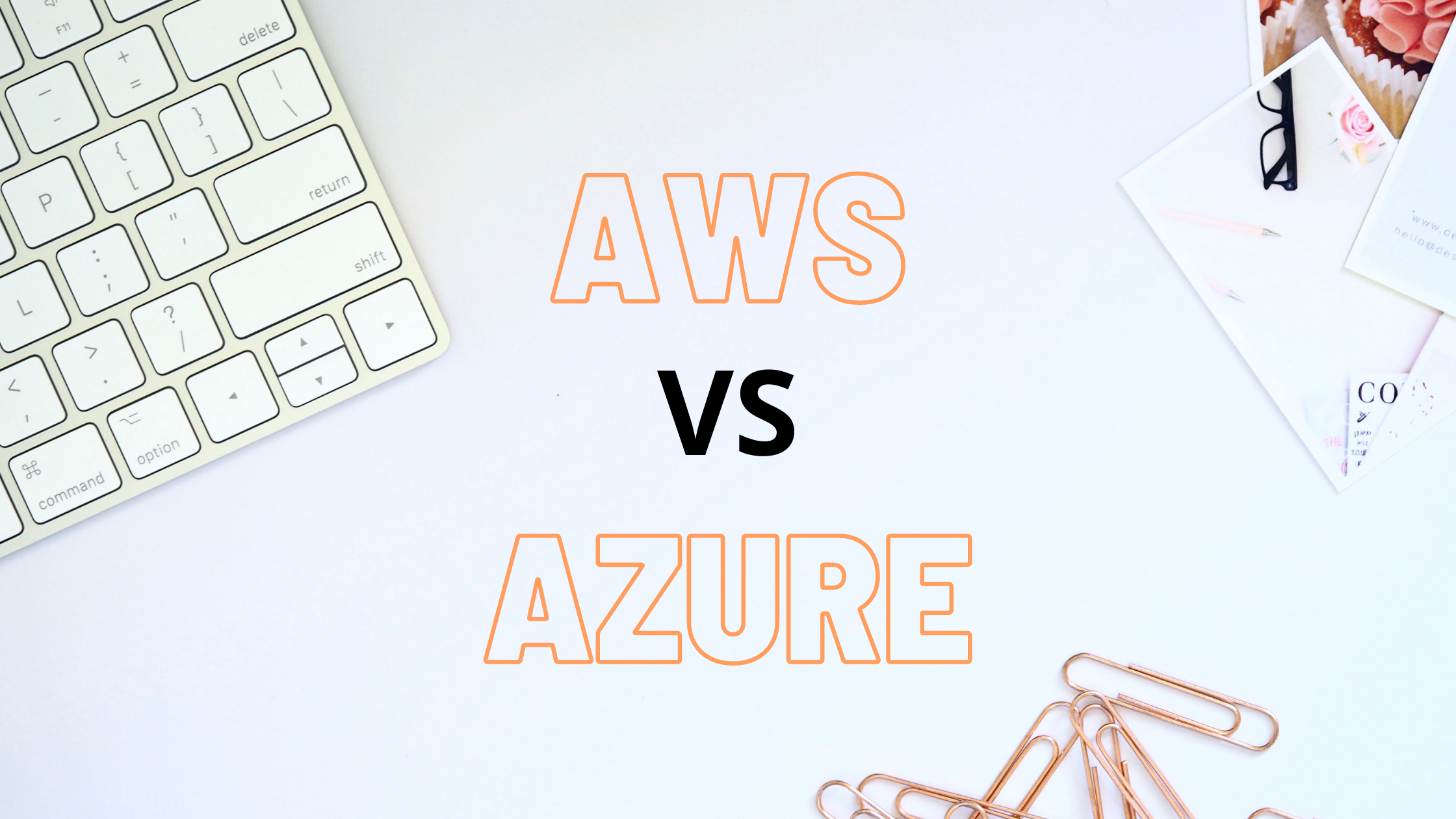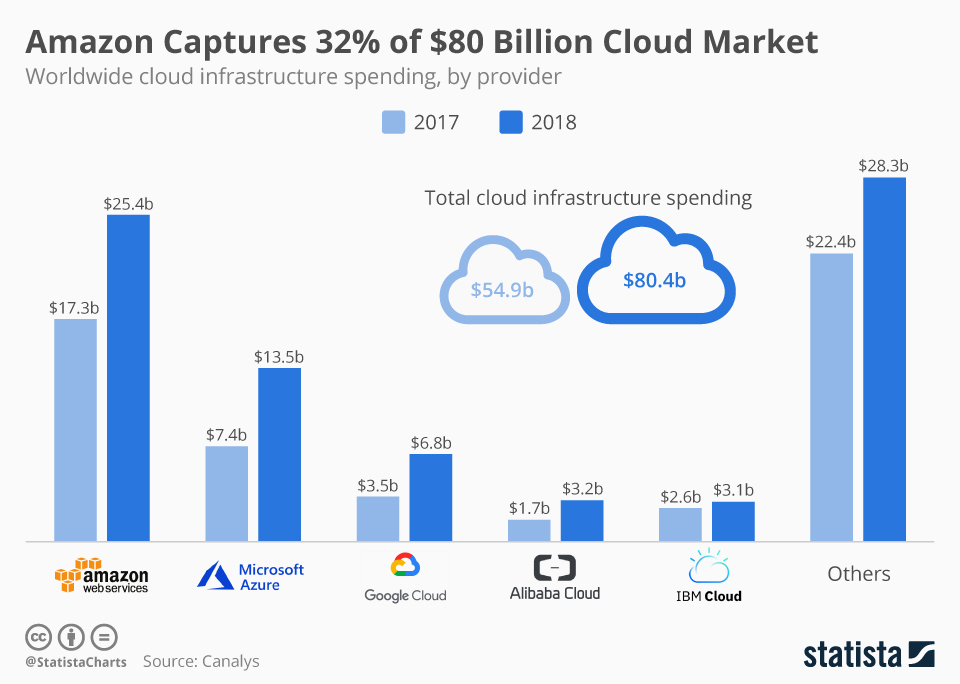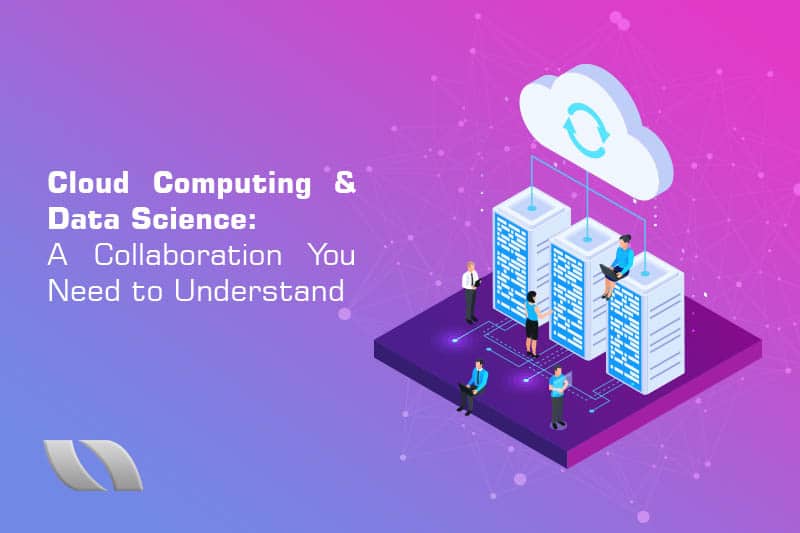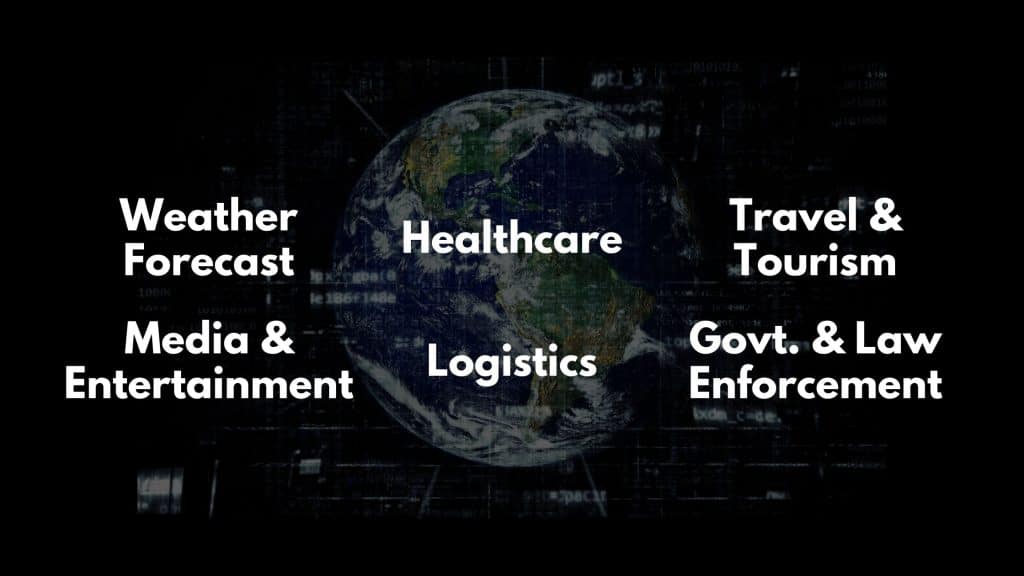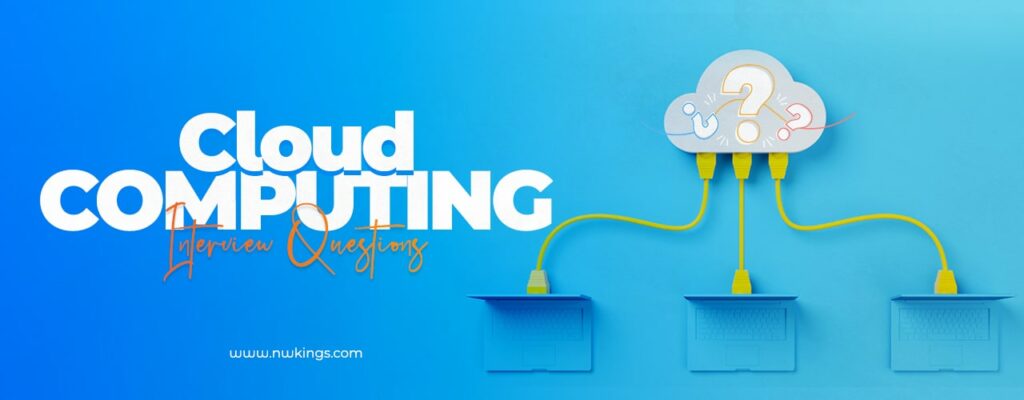
The cloud computing industry is booming since it has been successfully replacing physical data centers. Most business organizations have shifted their infrastructure to cloud computing due to the efficient model that cloud computing provides. In this blog, we will cover the most frequently-asked cloud computing interview questions that are asked. Firstly, we will cover cloud computing interview questions for freshers. Then, we will cover cloud computing interview questions for experienced candidates.
We have made a list of all the important cloud interview questions and answers that most hiring companies frequently ask for cloud roles. These roles could be for a Cloud Engineer, Cloud Administrator, etc.
Let us begin with the interview questions without any further ado.
Cloud Computing Interview Questions for Freshers
1. What is meant by cloud computing?
Cloud computing is a new-age technology based on the Internet. It consists of various provisions such as storage, networks, hardware, services, and interfaces that make up the cloud as a service. It can provide access to many servers all across the globe.
Below mentioned are some of the examples of cloud computing are as follows:
- Software-as-a-Service (SaaS): Google Workspace
- Infrastructure-as-a-Service (IaaS): AWS Elastic Cloud Compute (EC2)
- Platform-as-a-Service (PaaS): Boomi
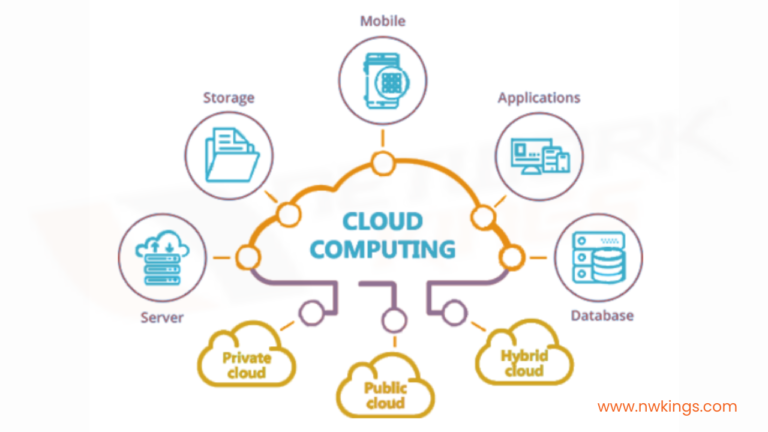
- Big Data Analysis
- File sharing and data storage
- Data governance
- Cybersecurity
2. What are the advantages of cloud computing?
There are a large number of advantages of cloud computing. Here are some of the benefits of cloud computing are as follows:
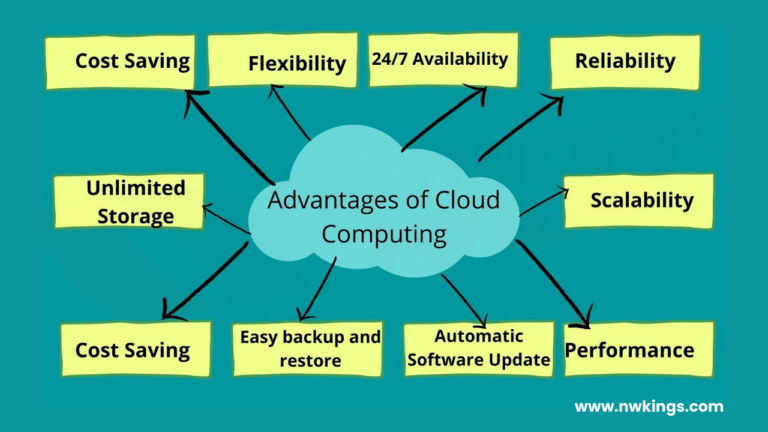
- Accessibility:
Any device that uses cloud computing can access any application and data from anywhere across the globe.
- Efficiency:
The significant advantage of cloud computing is providing business efficiency through its various services.
- Cost savings:
Cloud computing cuts the cost of acquiring and maintaining businesses with scalable computing resources. Cloud computing works on the pay-as-you-go model thus, making it the most attractive option for business organizations.
- Security:
The client’s data that is stored in the cloud computing applications are very well secured. Therefore, cloud computing, especially private cloud services are the best to use.
- Flexibility and increased collaboration:
People from various places can collaborate and co-create a project by using the cloud abilities without the need of satisfying them. Therefore, flexibility is offered at its best!
- Disaster recovery:
From small to big enterprises, all of them depend on the cloud in backing up their data.
3. Name the biggest cloud providers and databases.
The following are some of the biggest cloud providers:
- Microsoft Azure
- Amazon Web Services
- Google Cloud Platform
- EnterpriseDB
- Garantia Data
- Cloud SQL by Google
- Google BigTable
- Cloud-based SQL
- Rackspace
- Amazon SimpleDB
- SAP
4. Name the different layers that define cloud architecture.
The layers that are utilized by cloud architecture are as follows:
- CLC or Cloud Controller
- Walrus
- Cluster Controller
- SC or Storage Controller
- NC or Node Controller
5. Name the different data types used in cloud computing.
The generation of data is increasing by multifold every day. Therefore, there is a need for new data types to store various new data types. For example, in order to save a video, we will need a new data type.
The various data types in cloud computing are as follows:
- Text
- Emails
- Boolean
- Decimal
- Locale
- Number
- Date
- Images
- Contacts
6. Mention the models for deployment in cloud computing.
The different types of deployment models in cloud computing are:
- Public cloud:
The public cloud includes all the commercial providers that provide networking, hardware, storage, and interfaces owned and operated by a third party.
- Private cloud:
It is set up by an organization for its employees to use exclusively. Therefore, it often uses a firewall to secure the network, applications, interfaces, etc. all the applications are owned and operated by one single organization.
- Hybrid cloud:
A hybrid cloud environment refers to using both private and public clouds. Most companies use a hybrid cloud.
- Multi-cloud:
Some business organizations also use a collection of public cloud services. They do so to support different developers and businesses called multi-cloud environments.
7. What is meant by EUCALYPTUS in cloud computing? What is it used for?
The full form of EUCALYPTUS is Elastic Utility Computing Architecture For Linking Your Program To Useful Systems.
It functions to implement clusters in cloud computing platforms and it is an open-source software infrastructure. It builds the following:
- Public cloud
- Private cloud
- Hybrid cloud
Therefore, it allows a user to build his own data center in a private cloud.
8. What are the most important cloud architectures?
The following are the building blocks of the cloud architecture:
- Reference Architecture
- Technical Architecture
- Deployment operation Architecture
9. What are the main constituents of a cloud ecosystem?
The main parts of a cloud ecosystem that decide how you view a cloud architecture are:
- Cloud consumers
- Direct consumers
- Cloud service providers
10. Mention different phases of a cloud architecture.
The various phases are mentioned below:
- Launch phase
- Monitor phase
- Shutdown phase
- Cleanup phase
11. Give an example of open-source cloud computing.
When open-source software or technology is used to create a cloud service or solution, it is referred to as an open-source cloud. It also includes private, public, and even hybrid cloud models consisting of SaaS, PaaS, IaaS, and XaaS-built models that entirely run on open-source cloud technologies.
Some of the most common examples of open-source cloud computing are as follows:
- OpenStack
- OpenNebula
- VirtualBox
12. Why are APIs used in cloud services?
Application Programming Interfaces, commonly referred to as APIs are used in cloud services for the following reasons:
- There is no need to write the complete program. You can use APIs instead.
- A well-communicated channel can be built between one or more applications.
- It links the cloud services with other systems and creates applications.
For example, Google Compute Engine API is an API presented by Google that is used to create and run virtual machines (VMs) on Google Cloud.
Cloud Computing Interview Questions for Experienced
13. Mention cloud-enabling technologies.
A lot of other technologies also contribute to the current modern scenario of cloud-based platforms. Such technologies are called cloud-enabling technologies.
Examples of such cloud-enabling technologies are:
- Broadband Networks and Internet Architecture
- Data Center Technology
- Service Technology
- (Modern) Virtualization Technology
- Web Technology
- Multitenant Technology
14. What are the various data center deployments of cloud computing?
There are different data centers that make up cloud computing. These are:
- Containerized data centers:
These are the packages that consist of a defined set of network components, servers, and storage in order to deliver them to large warehouses. Each deployment is unique in relation to the other. Since containerized data centers are very dense and therefore, release a lot of heat and cause trouble, it led to the usage of low-density data centers.
- Low-density data centers:
They are the best alternative to containerized data centers. These do not dissipate heat. They are able to do so because the equipment is placed at a distance from each other. Therefore, the generated heat is cooled down.
15. What is meant by cloud usage monitor?
It is a self-autonomous and lightweight software program. It functions to collect and process the IT resource usage data. It is called autonomous as it does not depend on any other application to perform the procedure of collecting and processing the data.
There could be different formats in which the cloud usage monitor can exist based on the usage metrics. Here are the three most common agent-based implementation formats:
- Monitoring agent
- Polling agent
- Resource agent
16. What is meant by serverless components in cloud computing? What are its advantages and disadvantages?
When you can build an application without the need for managing the infrastructure, it means that you have used the serverless components in cloud computing. You can even write code without having a presence of a server. These serverless machines take care of:
- multi-threading
- hardware allocating
- container management, and
- virtual machines.
The following are the advantages of serverless computing:
- It is economical.
- It provides scaling options.
- There is no need for server management.
- The operations are simple as there is no server.
- There is an increase in productivity.
The following are the disadvantages of serverless computing:
- You can suffer response latency in the case of serverless computing.
- When we need to perform high-computing operations, serverless computing is not useful because of its limited resources.
- It is difficult to debug serverless code.
- The security comes under the service company instead of the customer which makes it more vulnerable to cyber-attacks.
17. What is AWS? Mention its key components.
Amazon Web Services (AWS) is a collection of remote computing services which are referred to as cloud computing. It comes under the Infrastructure-as-a-Service (IaaS) service.
The main components of AWS are :
- Simple E-mail service:
Either a regular Simple Mail Transfer Protocol (SMTP) or RESTFUL API call is used to send emails.
- AWS Route 53:
It is a Domain Name Server (DNS) service platform that is based on the web.
- Identity and access management:
Identity management and improved security are provided by AWS.
- Elastic Compute Cloud (EC2):
It has two functions:
- It provides on-demand computing resources in order to host applications.
- It is really helpful in case of spontaneous unexpected workloads.
- Simple Storage Device (S3):
It is a storage application commonly used in AWS.
- Elastic Block Stores:
They are attached to EC2. These are nothing but storage volumes that allow the data lifespan of an EC2.
- CloudWatch:
It is an application that is used to look after the AWS cloud resources. It allows cloud administrators to get a full view of all the keys needed. A notification alarm can be set in case of trouble.
18. What is meant by CaaS?
- Containers as a Service (CaaS) is a special system that lets developers scale, manage, run, upload, and organize containers by making use of virtualization.
- A container is actually a software package.
- It allows businesses to scale their apps to highly-available cloud infrastructures.
19. What are microservices?
- When we develop an application that is made up of code that is independent of each other and also of the used platform to create it, this process is referred to as microservices.
- Each of the microservices is able to communicate with other applications with the help of well-defined and standard APIs.
- These services are maintained as a catalog for easy accessibility and maintenance.
20. What is meant by cloud-native applications?
It is a software framework designed by the following:
- Containers
- Microservices
- Dynamic orchestration
For optimal resource utilization, each part of the cloud-native application has its own container and is dynamically orchestrated.
It’s a Wrap!
That’s all for the most-asked cloud interview questions and answers. We have assembled questions both for freshers and experienced candidates to help them crack the cloud interviews.
Happy learning!

